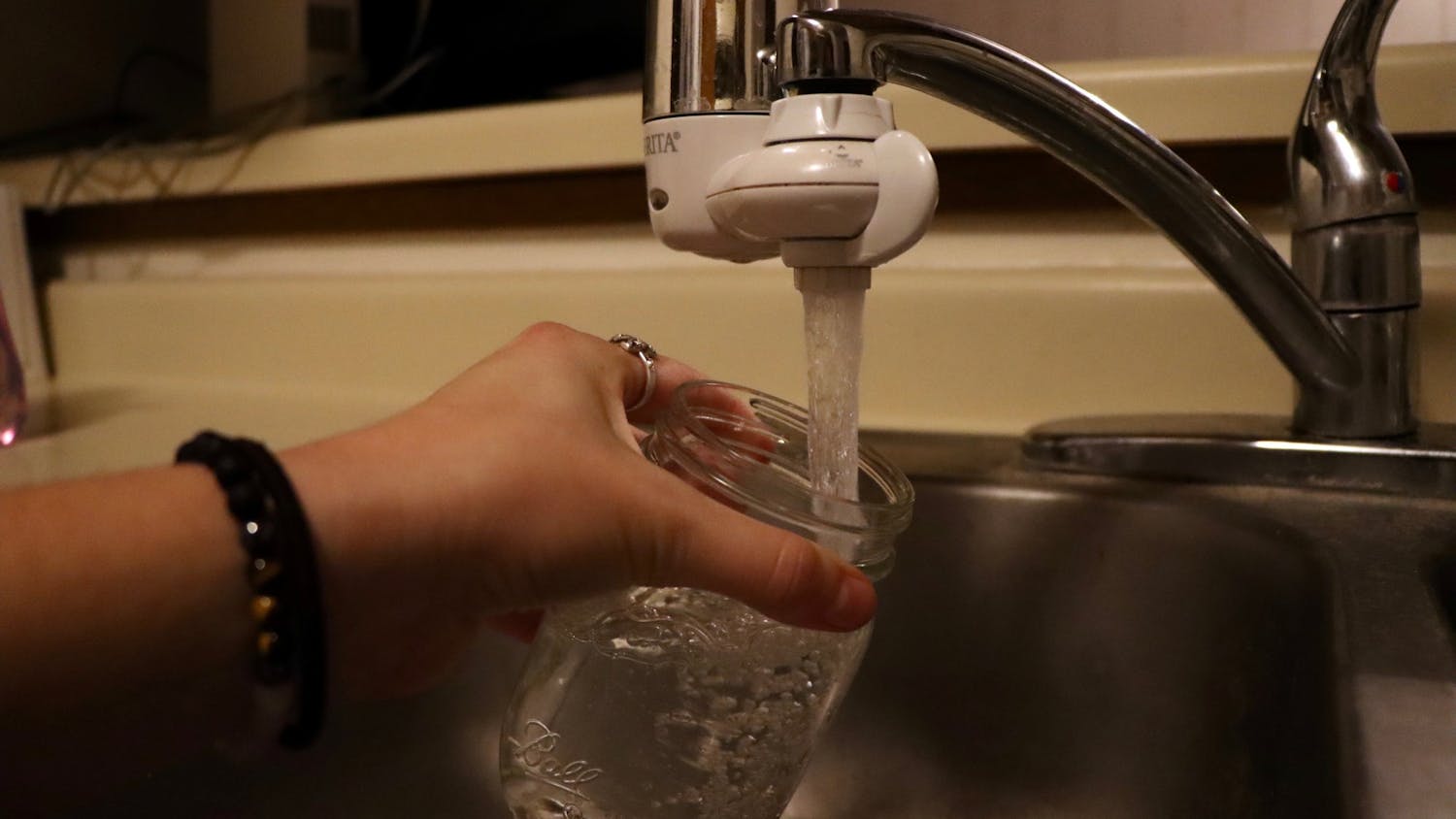Starting from scraps, material scientists search for raw materials that can be innovated or substituted to increase the functional efficiency and flexibility of the appropriate technologies. The idea behind the field stems from the notion that the efficiency of a product can be compromised by the choice of material used to construct such devices even with the best abilities of an engineer. Two members in this field from UW-Madison include Associate Professor Michael Arnold and Professor of Material Science and Engineering Padma Gopalan.
Arnold’s research group focuses on finding materials with use for the future in areas such as applications of semiconductors, optoelectronics or energy sources such as solar cells. Gopalan’s group focuses on polymers and photonic materials and devices. As a collaborative project, the members from both research groups have discovered carbon nanotubes as a possible replacement for silicon-based semiconductors.
Working with minute electronic materials, the researchers focused on carbon nanomaterials. An example of such material is graphene, a thin sheet of carbon that is one atom thick. A carbon nanotube can be described as a sheet of graphene rolled into a tube where it is only a nanometer in diameter and can span thousands of nanometers long. “These are some of the best electronic materials that have ever been discovered. But, they are very tricky to work with,” said Arnold.
Many of the consumer gadgets today such as our phones and laptops have chips made from silicon, a semiconductor. The circuit boards of these gadgets are built from semiconductor chips holding millions of circuits that are linked to the substrate. These circuits are like switches turning on and off, initiating and carrying out computations such as transmission to a tower or over Wi-Fi.
With continuous research and effort over the years, silicon chips have become smaller, faster and better. “That has been going for 30+ years, but we are reaching a limitation now where you cannot make a silicon computer chip any smaller or any better. So we need more strategies and more materials that could work better than silicon and one option would be carbon nanotubes,” said Arnold.
Carbon nanotubes are not currently used but research by Arnold and Gopalan has shown that they could be applicable and an appropriate substitute for silicon in the future.
Since carbon nanotubes were discovered in the early 1990s, many experiments focused on a single nanotube’s properties and researchers noted their extensive abilities. However, there are two main challenges to using these nanoparticles. One is directing the particles and building them in a coordinated placement on a circuit. And the other challenge lies with how we can grow the nanotubes.
For the carbon linkages to form, the atom needs a starting clutch. An iron nanoparticle can serve as the baseline and by adding a carbon containing gas such as methane, carbon can accumulate around the particles and grow. And during this process, the carbon linkages are forming on several different iron particles a trillion times over and building off of them.
“Every time it happens, the nanotube diameter is slightly different and the bonds might have a different angle. The properties of the carbon nanotubes … and how they conduct electricity is [thus] slightly different from nanotube to nanotube,” said Arnold.
So of all the growing nanotubes, only about two-thirds are the desirable product. As previously stated, silicon is a semiconductor and the unique property of semiconductors is their ability to switch between being a conductor and an insulator, and thus acting as a switch to turn on and off functions. Semiconducting carbon nanotubes can do this same process more efficiently.
However, a third of the mix of nanotubes are metallic, similar to copper wires, and are resigned to their native metallic state. “So, what our research is focused on is the two things then, one getting rid of those metallic nanotubes and two, once you do that, getting all of those tubes to line up on the substrate,” said Arnold.
Arnold began with researching how to separate the metallic nanotubes from the other utilizable portion and discovered an effective method by placing them in an organic solvent such as toluene. This extracts molecules that are semiconducting because they stick to the solvent, leaving behind a solid metallic mixture which can be easily removed.
The next step in establishing the process was to somehow align the “ink” of semiconducting tubes. Arnold and Gopalan developed a process that involved the spread of ink on water. As the ink doesn’t readily mix with water, a thin layer of film develops on the water. The researchers can then take a substrate such as a silicon wafer and pull it through this mixture to coat the substrate with a coordinating alignment of the carbon nanotubes.
As the ink prefers the substrate over the water, it is drawn onto the substrate wherein it evaporates and forces the nanotubes to line up. At the end, once it evaporates, you are left with nanotubes stuck onto the substrate in the desired arrangement. By repeating this process of adding ink onto water and pulling the substrate through several times, layers of nanotubes can be coated. The next step in this research is transferring this to make a transistor, that is, to make one chip.
“By aligning the nanotubes and getting rid of the metallic ones, we have been able to make very efficient nanotubes. And we feel that this technology that we invented could be scaled industrially and it could be the way to start using nanotubes,” said Arnold.





